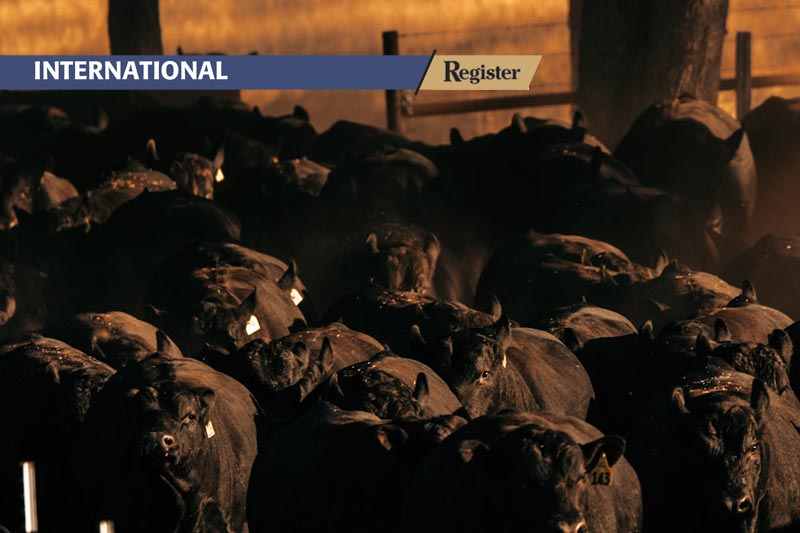Tick Riders Join the Fight against New World Screwworm Threat
by Jennifer Shike, Bovine Veterinarian
With the detection of New World screwworm (NWS) in Mexico, the Tick Riders, a dedicated group of mounted patrol inspectors, will have a new job to tackle.
The Tick Riders have been patrolling the southern US border for more than 100 years. Their mission has been protecting US cattle from the cattle fever tick, a troublesome parasite that causes severe blood loss, weakness, and can transmit deadly diseases like babesiosis and anaplasmosis.
The Cattle Fever Tick Eradication Program (CFTEP), established in 1906, uses modern tools like chemical treatments, anti-tick vaccines, and injectable medications to manage the threat, USDA Animal and Plant Health Inspection Service (APHIS) explains in a release.
A Line of Defense
Because Mexico continues to report cases of babesiosis, the Permanent Quarantine Zone (PQZ) — stretching from Brownsville to Del Rio, Texas — remains a critical line of defense. Within this zone, Tick Riders monitor for stray livestock crossing the border that may carry these dangerous ticks.
To help prevent NWS, CFTEP has launched a preventive treatment protocol for all cattle and horses apprehended along the PQZ. Under the new protocol, CFTEP staff will apply NWS-
preventative treatments to captured animals. “These treatments are safe for animals and the environment. They do not replace APHIS’ routine inspections for cattle fever ticks,” APHIS explains. However, to defend the US from mounting threats of NWS, APHIS is employing these additional measures. The NWS fly lays eggs and larvae in open wounds of warm-blooded animals,” says Russ Daly, Extension veterinarian for South Dakota State University. “NWS’s function is similar (but different) to a maggot. Domestic blow flies lay their eggs on dead tissue. The resulting maggots feed on the dead tissue. The difference with NWS is it lays its eggs on living tissue and will feed on living tissue.”
NWS is endemic in parts of the Caribbean and South America and has recently spread as far north as southern Mexico. “As Tick Riders take on this new challenge, they continue to exemplify APHIS’ commitment to protecting US agriculture,” APHIS reports. “Their work helps ensure that farmers, ranchers, and producers can keep feeding, fueling, and clothing America.”
Daly challenges livestock producers to pay attention to unusual situations. If you have an animal that suddenly has a lot of necrotic tissue that fly larvae (maggots) are trying to clean up, Daly says that’s a sign producers need to take seriously.
“NWS does respond to some insecticides that we would use for show pigs or horses during the summer to keep the flies off,” Daly adds. “But in order to get that animal healed up, the larvae have to be flushed out and removed by a veterinarian. These infestations can lead to secondary infections to worry about. And, if the infestation has gone deep enough, there could be severe muscle damage or damage to other organs that are beyond help.”
Treatment products need to be considered, adds Lisa Becton, assistant director of Swine Health Information Center (SHIC). Because of this, wound care is key during NWS infestation. “If you have animals that have sores, it’s very important to treat that wound,” Becton says. “You may or may not be able to use a sealant, whether that’s iodine or antibacterial. Wound care is very important to help get a wound healing fast, even if you also have to use antimicrobials for an animal to help prevent other infection.” .



